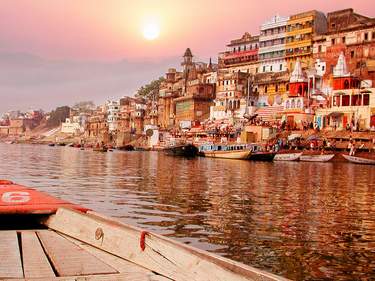Where to stay in Delhi: Old Delhi
The best for an authentic experience
Though it’s not in fact the oldest part of Delhi, the seventeenth-century city of Shahjahanabad, built for the Mughal emperor Shah Jahan, is known as Old Delhi.
Construction began on the city in 1638, and within eleven years it was substantially complete, surrounded by more than 8km of ramparts pierced by fourteen main gates.
Today much of the wall has crumbled, and of the fourteen gates only four remain, but it remains a fascinating area, crammed with interesting nooks and crannies.
That said, you’ll need stamina, patience, time, and probably a fair few chai stops along the way to endure the crowds and traffic.
The same is true of Paharganj, the district just across the rail tracks. Despite being rather unrepresentative of the city as a whole, this somehow manages to encapsulate Delhi in a nutshell.
Note that few tourists stay in Old Delhi, which many find dirty, noisy and overcrowded. Most hotels here are mostly geared to Indian visitors rather than foreigners.
The hotels around Delhi station are particularly bad value, but there are a couple of good options.
Just west of Old Delhi, and also New Delhi railway station, the Paharganj area is prime backpacker territory. It’s home to innumerable lodges offering inexpensive and mid-range accommodation.
Some are good value, while others offer very little for very little, and many suffer from slamming-door syndrome and people shouting till dawn.
As a result, you’ll want to choose carefully if you value peace and quiet. However, of all the areas to stay in, this is by far the most colourful.
Going it alone? Arm yourself with our tips for backpacking India.
Where to stay in Old Delhi
- Best for period charm: Maidens. Stylish, understated luxury in a lovely old colonial mansion, with a pool and restaurant.
- Best for mid-range budgets: Hotel City Empire is a hotel with comfortable rooms and excellent hospitality for a good price.
- Best for backpackers: Friends Hostel by Backpackers Heaven. This hostel is worth a mention for its cheap private rooms — the beds aren’t the best, but the rooms are large, and those with private bathrooms only cost a fraction more.



_listing_1448379939234.jpeg)





